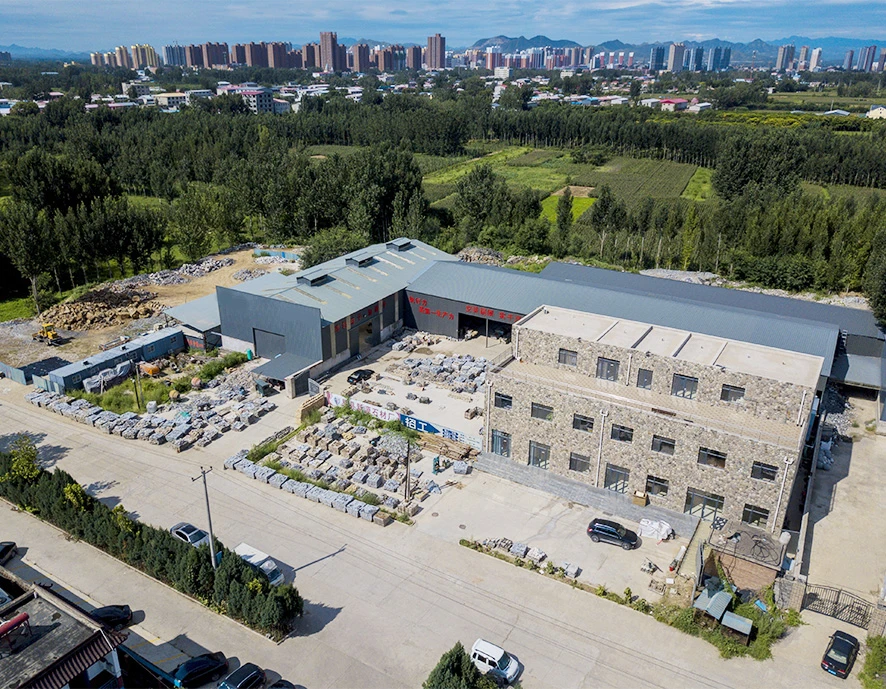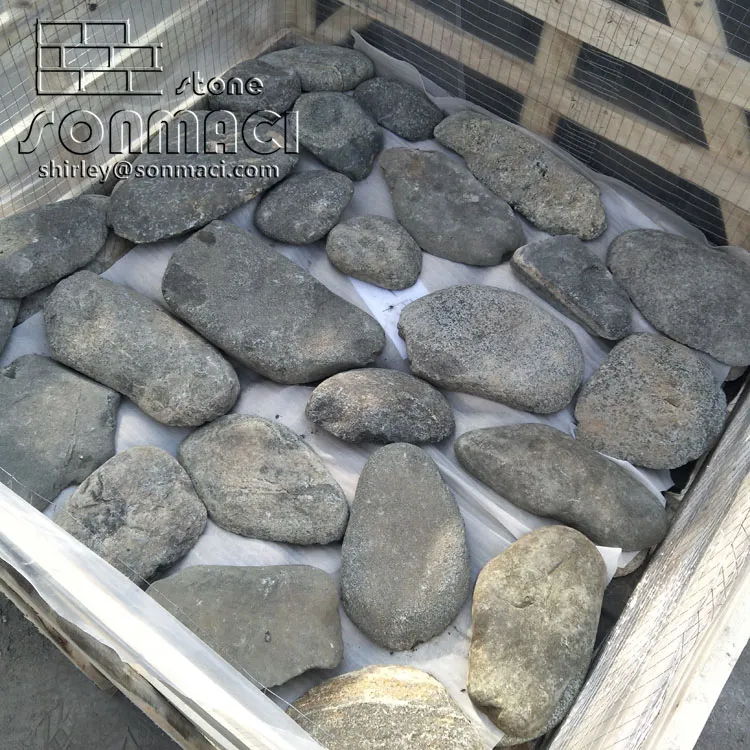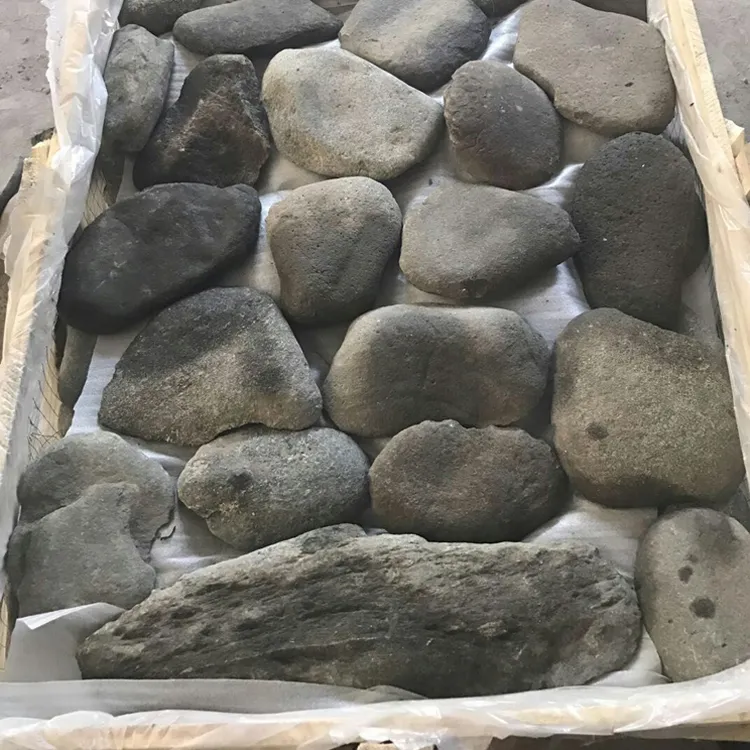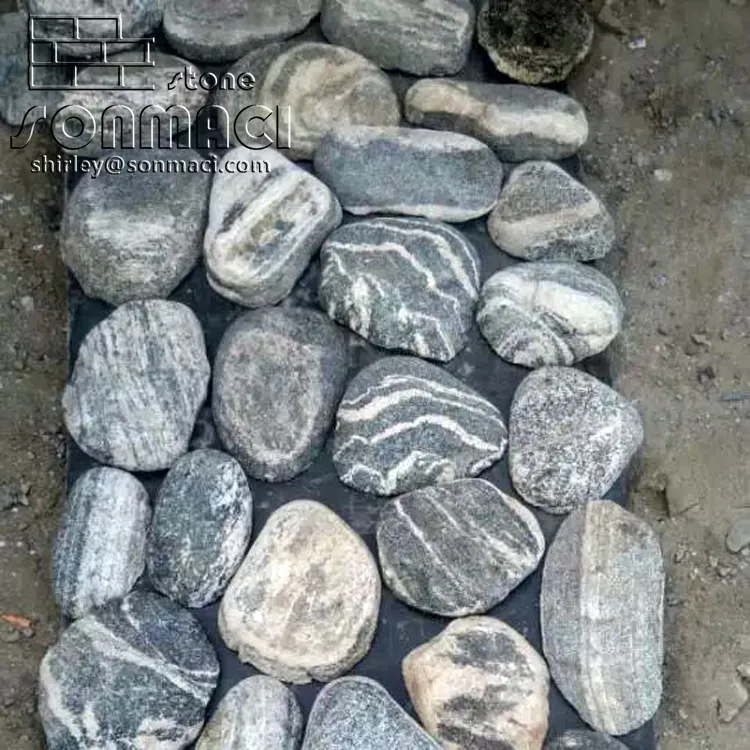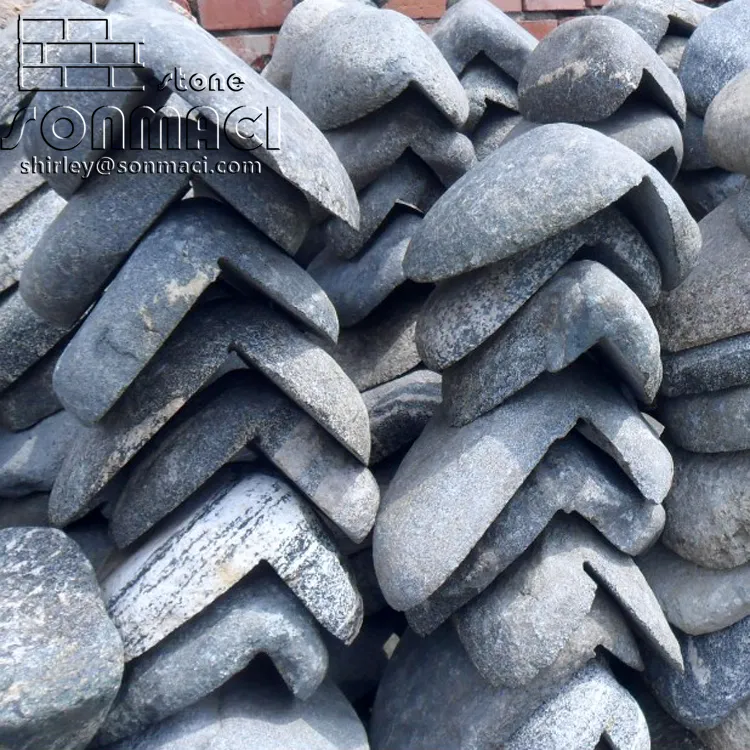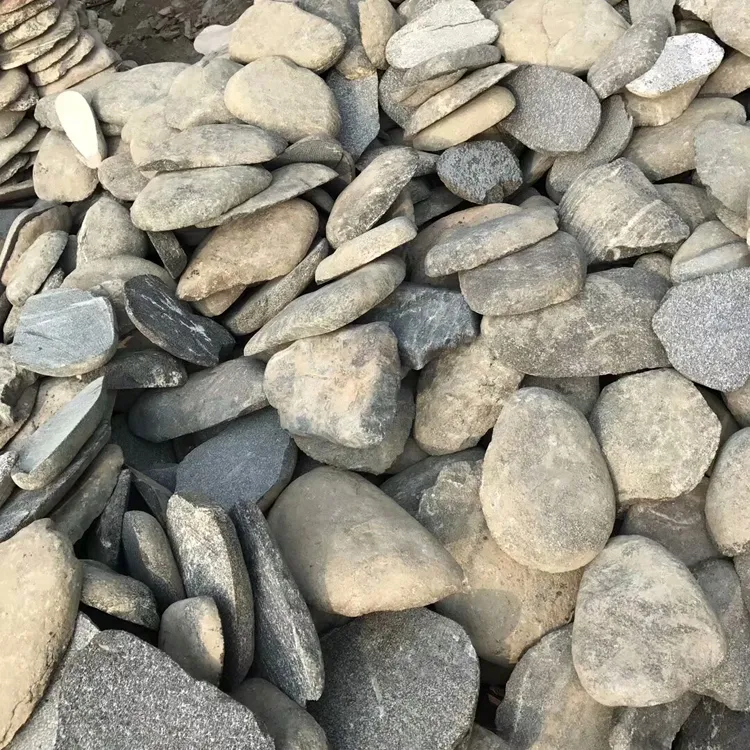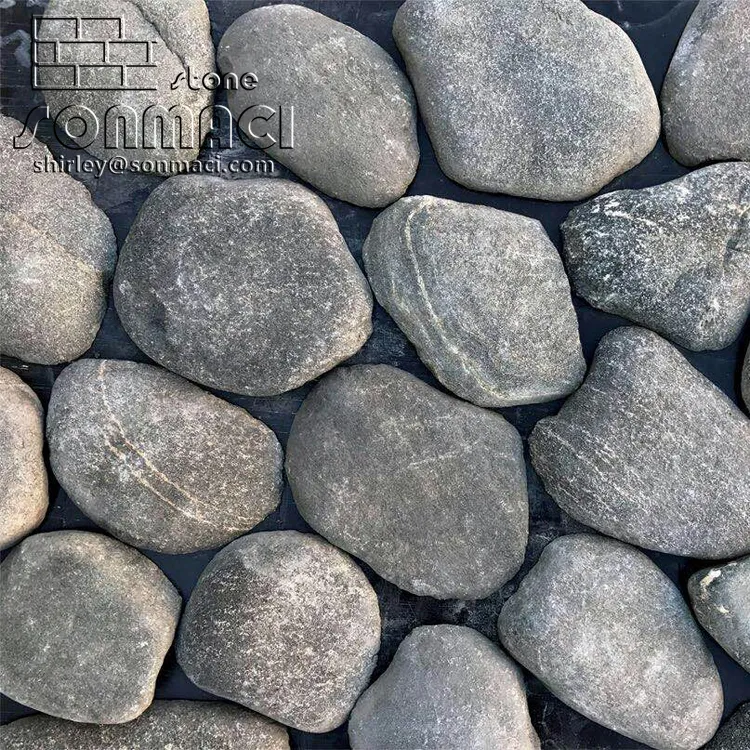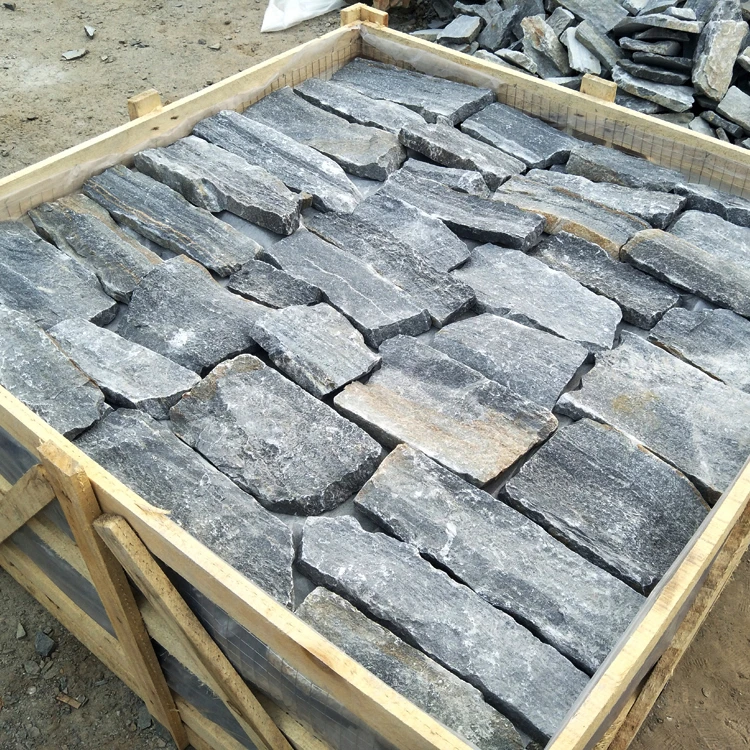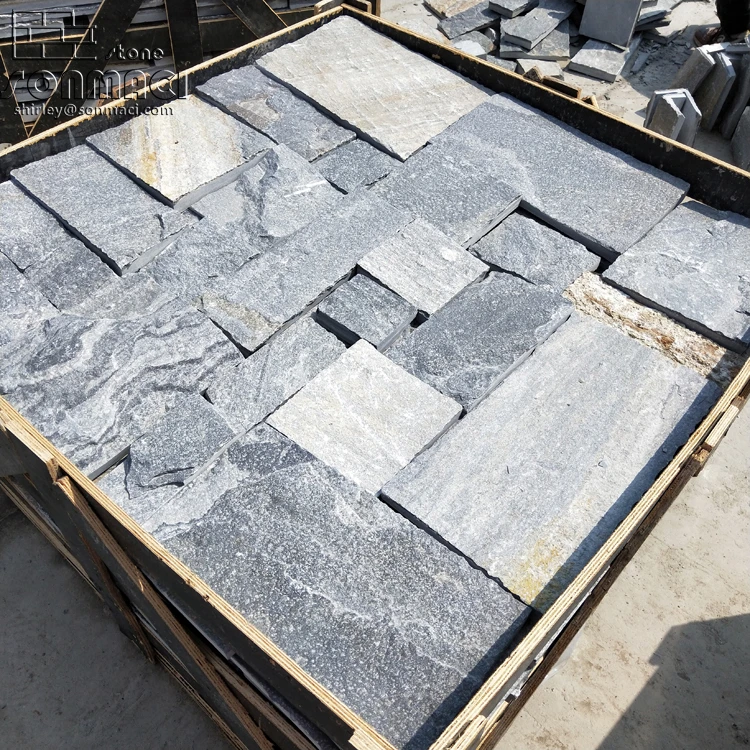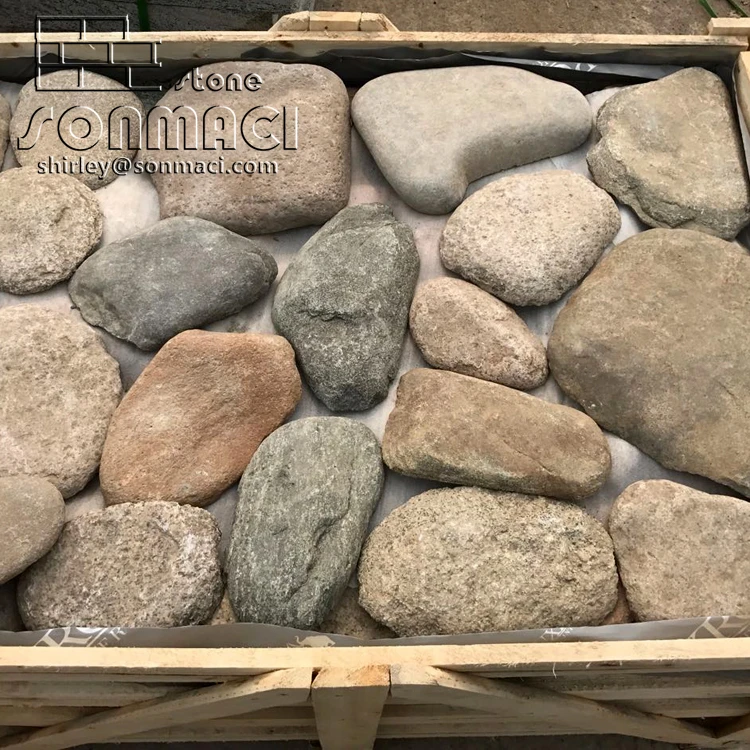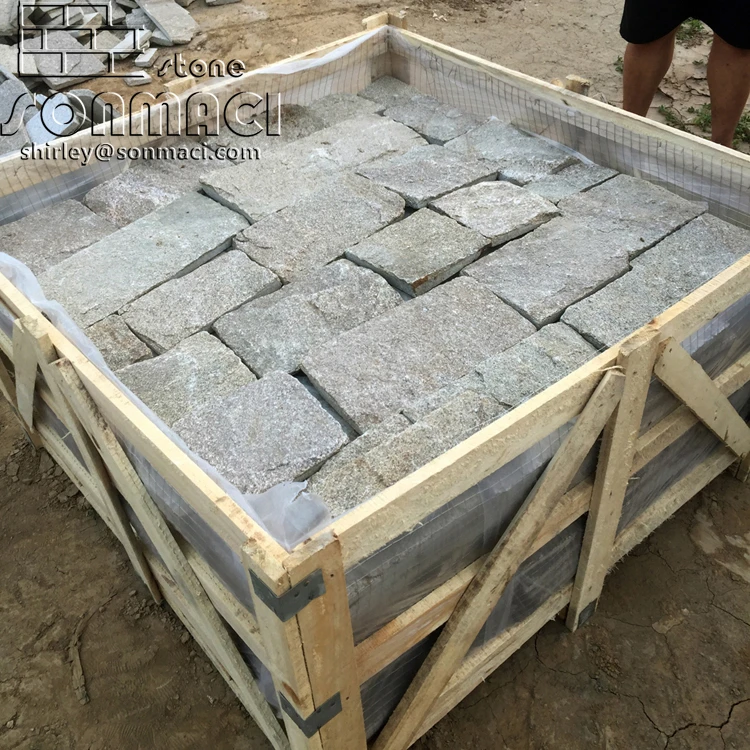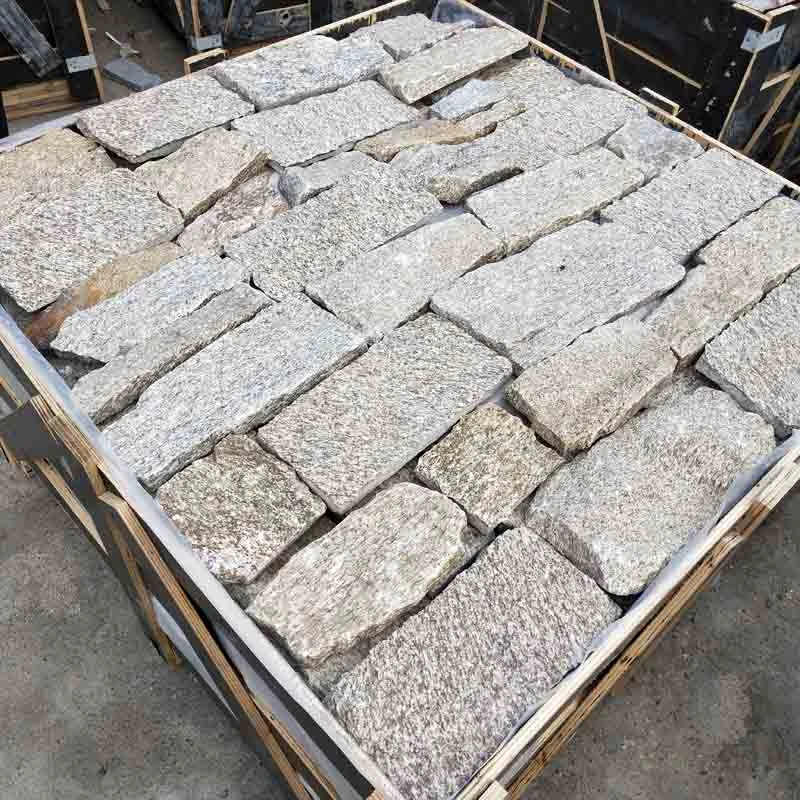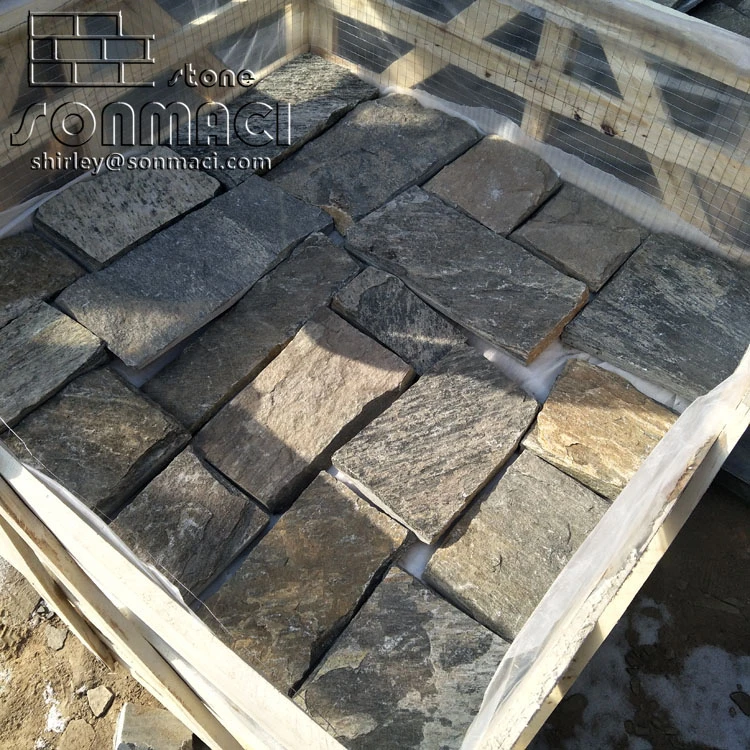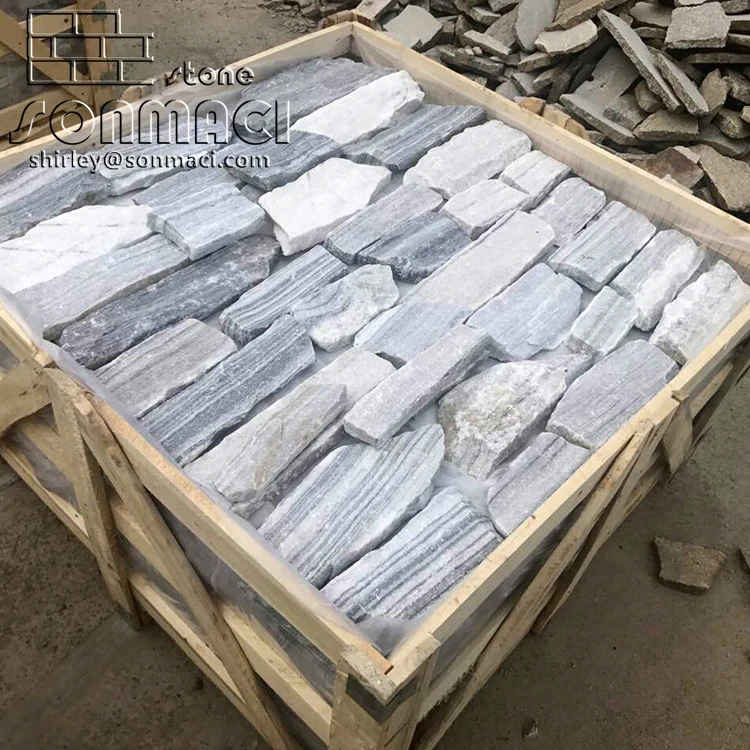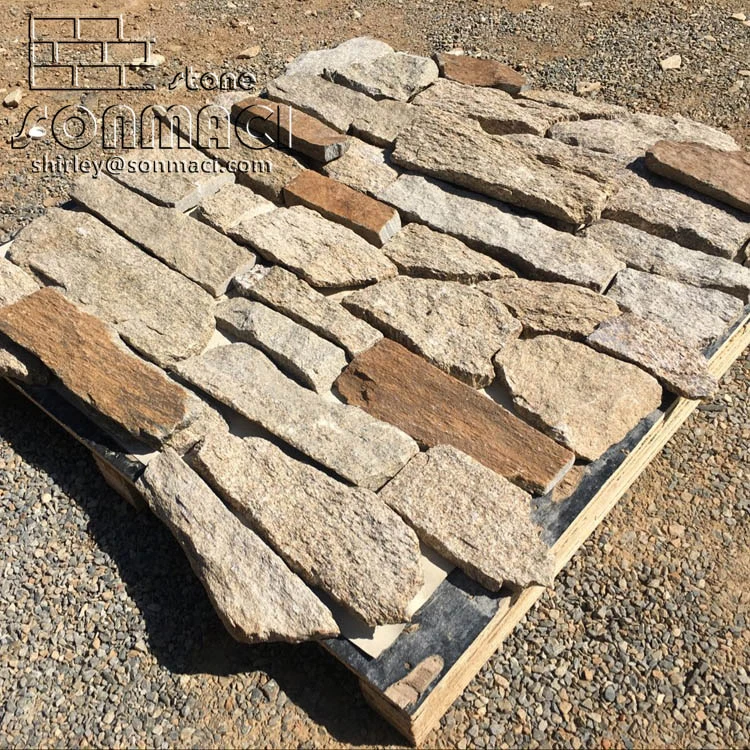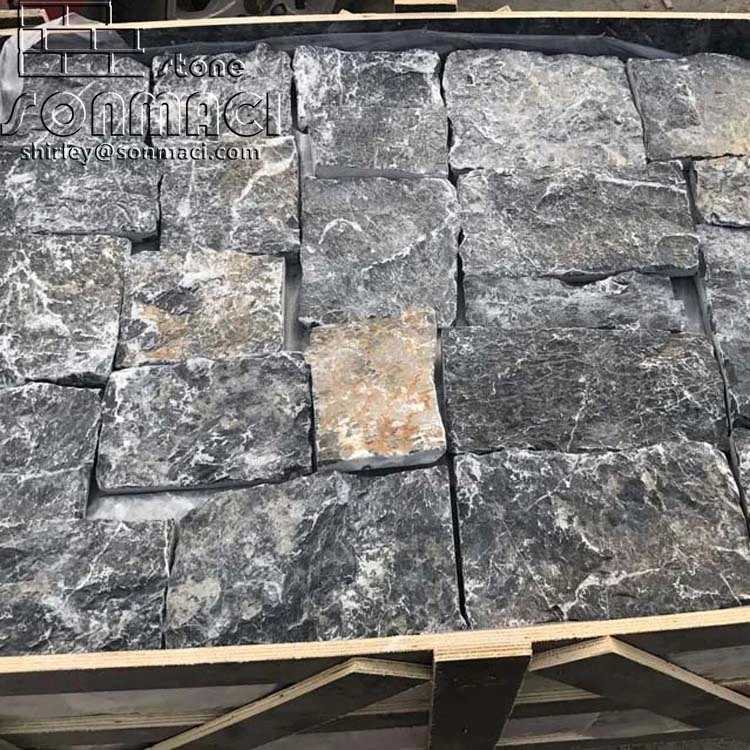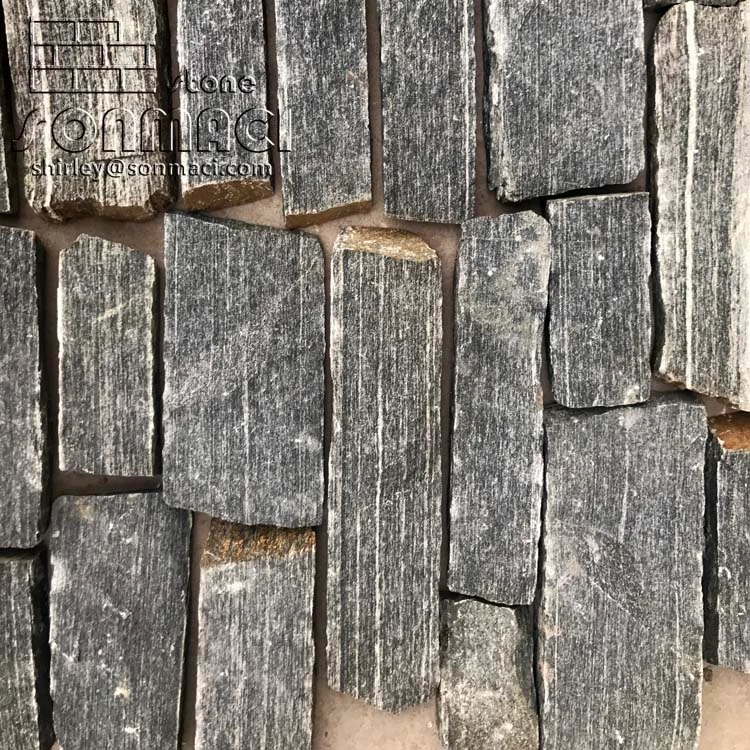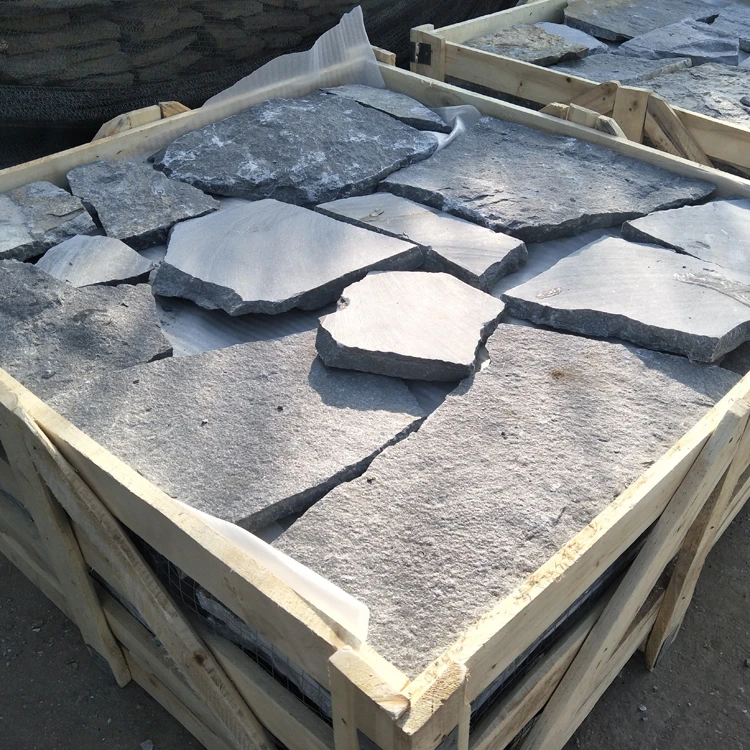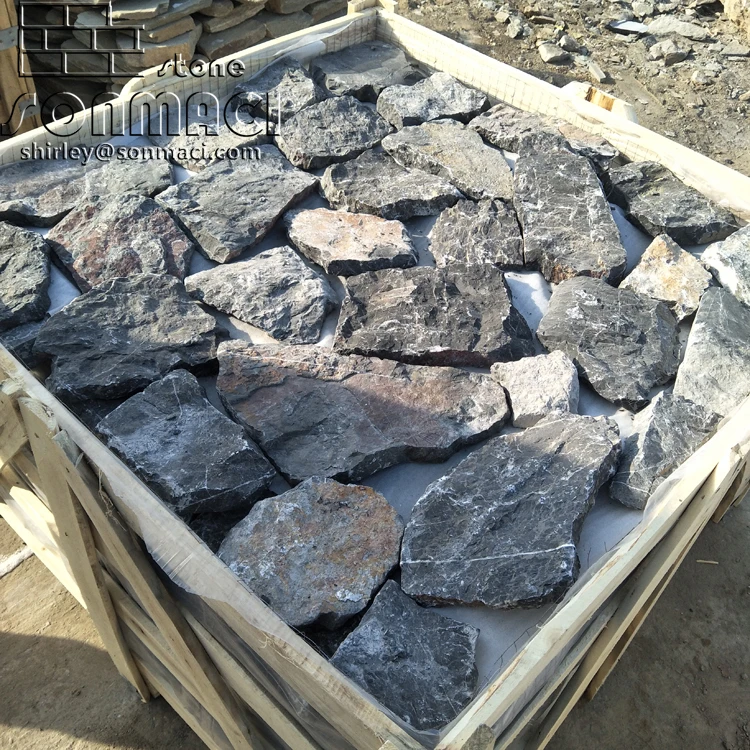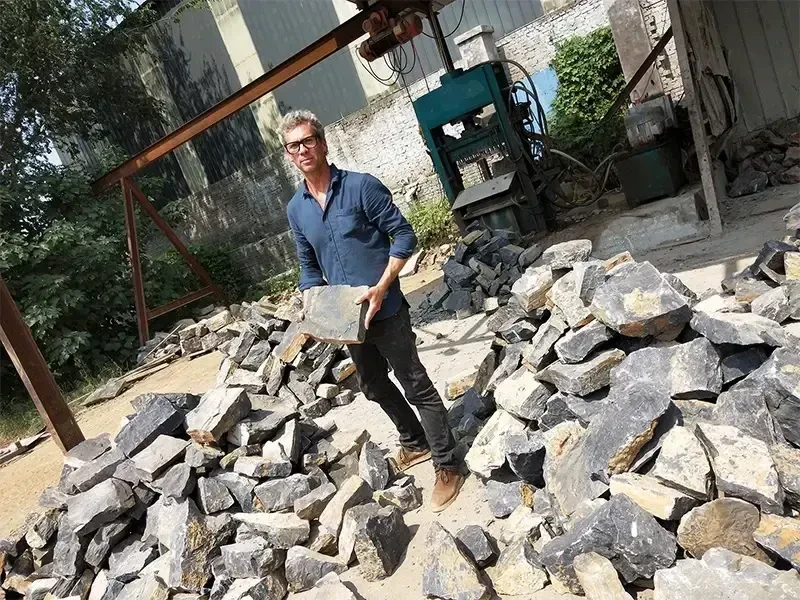SMC-FS346 Natural River Stone Sliced Wall Cladding
|
products Name |
Natural River Stone Sliced Wall Cladding |
|
Material: |
Natural Stone, Slate, Quartz, Sandstone, limestone , Travertine, Granite, Marble |
|
Place of Original |
Hebei Province,China |
|
Stone Colors |
Grey, Beige,Black, White ,Rusty ,Green, Etc |
|
Type |
Strips Rectangle Square Irregular |
|
Size |
L:2"-14" W: 1"-6" |
|
Thickness |
1"-1.4" |
|
Weight |
About 60KGS/Sqm |
|
Surface Finishing |
Split /Machine Cut |
|
Usage |
Wall Decoration/ Wall Cladding |
|
Packing |
Strong Fumigated Wooden Crates or Fumigated-free crates or according the customer’s requirements |
|
20 Ft Capacity: |
15M2/Crates 26 Crates/20 GP 390 M2/20GP or according the customer’s requirements |
|
Payment Terms: |
T/T, Western Union, Paypal, etc.. against the copy of B/L |
|
Export Market : |
Europe, Australia, Middle East, America and so on |

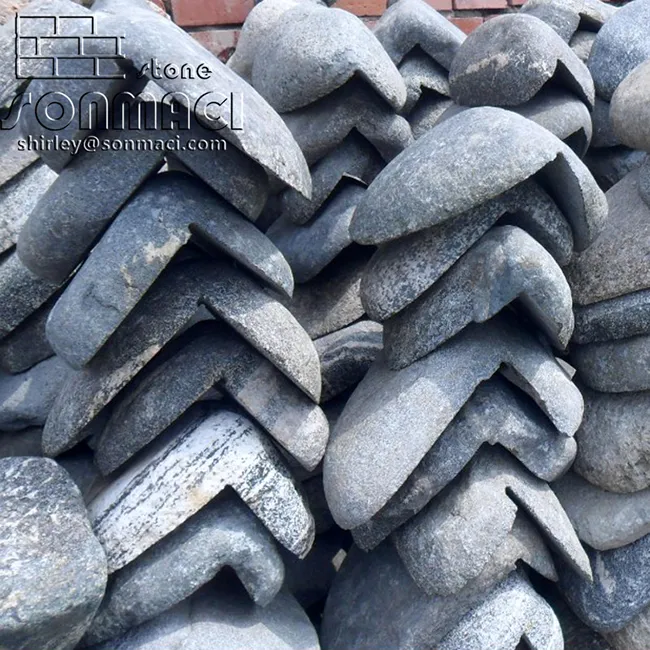
The Art and Science of Sliced River Rock Processing
The transformation of natural river rocks into architectural veneers through the slicing process represents a fascinating intersection of geological preservation and precision manufacturing. This meticulous procedure converts water-worn stones—shaped by centuries of natural tumbling—into refined cladding materials that retain their organic charm while gaining new structural possibilities for design applications.
At its core, the sliced river rock process begins with careful stone selection, where experienced sorters evaluate each rock for optimal size consistency, structural integrity, and aesthetic appeal. The chosen stones, typically ranging from 3 to 8 inches in diameter, must possess the right balance of hardness and workability—durable enough to withstand processing yet yielding enough for clean cuts. This initial curation ensures the final product will showcase the stones' most beautiful interior features when opened like geological books.
Advanced diamond-tipped saws then perform the transformative cuts, slicing each river rock horizontally to reveal hidden interior landscapes of mineral deposits, crystalline formations, and sediment layers. The cutting thickness varies based on intended use, with standard slices measuring between 1/2 to 1 inch for most architectural applications. This precision cutting requires constant water cooling to prevent thermal damage to both equipment and stone, creating a slurry of water and stone particles that gets recycled in environmentally conscious facilities.
What emerges from the saws are paired stone slices—mirror images of each other with one face displaying the original river-worn surface and the other revealing a freshly exposed interior plane. Artisans then carefully grind and polish the cut edges to eliminate any saw marks while preserving the natural irregularity of the stone perimeter. This delicate balance between mechanical precision and respect for organic form distinguishes quality sliced river rock products.
The processing continues with backside preparation, where technicians apply stabilizing treatments or mesh backing systems depending on the intended installation method. For thin veneer applications, slices may be mounted on interlocking panels; for full-bed installations, they receive uniform thickness calibration. Throughout this stage, processors maintain the stones' natural edge profiles, ensuring each piece will fit together in wall applications with the authentic irregularity of a dry riverbed.
Quality control represents perhaps the most critical phase, where trained inspectors evaluate each slice for structural soundness, color consistency, and aesthetic appeal. They match complementary slices for packaged sets and identify standout pieces for feature applications. The final sorting accounts for natural color variations—from warm caramel tones to cool granite grays—allowing designers to request specific palettes for their projects.
Modern sliced river rock processing has evolved beyond simple cladding production. Innovative manufacturers now offer book-matched installations where sequential slices create symmetrical patterns across large surfaces, or mixed-media panels that combine sliced rocks with other natural elements. Some processors even incorporate the stones' natural concavity into their designs, creating undulating wall surfaces that play with light and shadow in dynamic ways.
